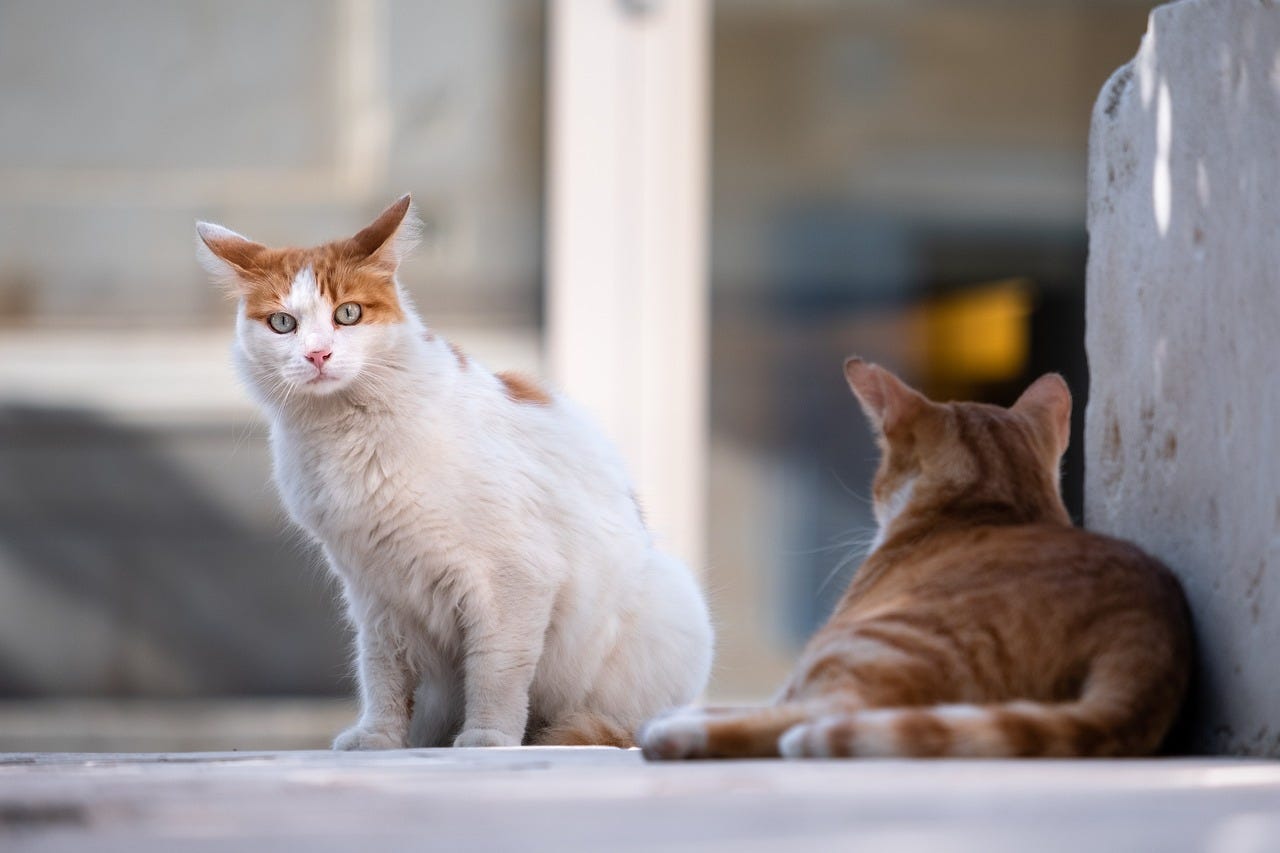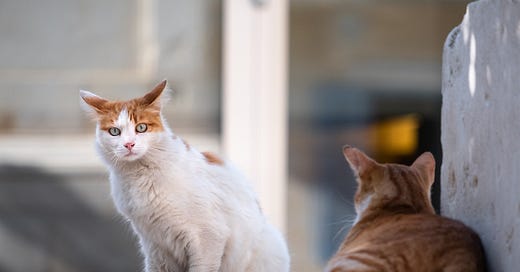The Case for High-Intensity TNR: A Humane and Effective Solution for Managing Feral Cat Populations
How High-Intensity TNR Offers a Humane, Effective Solution to the Feral Cat Crisis
Across cities and rural landscapes, the sight of free-roaming cats has become a familiar, if contentious, issue. These cats, often referred to as feral or community cats, live outdoors without direct human supervision. While some see them as harmless companions to urban life, others raise concerns about their impact on wildlife and the challenges they pose to local ecosystems. The question of how best to manage these populations has divided communities for years. However, recent research offers compelling evidence that one strategy stands out above the rest: high-intensity Trap-Neuter-Return (TNR).
High-intensity TNR involves capturing a significant portion of the feral cat population—typically around 75%—and sterilizing them before returning them to their original location. This approach not only stabilizes cat populations but also reduces their numbers over time. Unlike traditional culling methods, which have been shown to be ineffective or even counterproductive, high-intensity TNR is emerging as the most humane and effective long-term solution for managing feral cat populations.

The Science Behind High-Intensity TNR
A groundbreaking study published in Frontiers in Veterinary Science used a simulation model to compare various management strategies for free-roaming cats over a 10-year period. The results were clear: high-intensity TNR led to the fewest preventable deaths and the most significant reduction in population size compared to other methods, including culling and low-intensity TNR.
In scenarios where no action was taken, nearly 1,000 preventable deaths occurred over the decade—primarily kittens who died before reaching adulthood. In contrast, high-intensity TNR reduced preventable deaths to just 32 over the same period—a staggering 31-fold decrease. This reduction was achieved by preventing the birth of new kittens who would otherwise face high mortality rates in the harsh conditions of outdoor life.
Moreover, high-intensity TNR cut the population size by about half over 10 years, while other methods like low-intensity TNR or episodic culling barely made a dent in population numbers. The key to this success lies in reducing reproduction rates quickly and consistently across a large proportion of the population.
Why Culling Fails
For decades, culling—removing and euthanizing feral cats—has been employed as a method of population control. Yet, studies show that this approach often backfires. A case study from Tasmania revealed that low-level culling not only failed to reduce cat numbers but actually led to an increase in cat activity and abundance at the cull sites. This phenomenon is known as the “vacuum effect.” When dominant cats are removed from an area, new cats quickly move in to fill the void, often leading to a population rebound.
Culling also fails to address one of the primary drivers of feral cat populations: reproduction. Without addressing the root cause—unchecked breeding—the problem persists. High-intensity TNR, by contrast, directly targets reproduction by sterilizing a large portion of the population at once, preventing future generations from being born.
The Humane Choice
Beyond its effectiveness in controlling populations, high-intensity TNR is also the most humane option available. Culling results in immediate deaths and disrupts established colonies of cats that have adapted to their environment. In contrast, TNR allows cats to live out their lives without contributing to further population growth.
Importantly, high-intensity TNR also improves overall animal welfare outcomes by reducing kitten mortality rates. Outdoor kittens face significant risks from disease, malnutrition, and predation. By preventing these births through sterilization, we can spare thousands of kittens from suffering each year.
A Path Forward
The evidence is clear: high-intensity TNR is not only more effective than culling or low-level management efforts—it’s also more humane. As cities and communities grapple with how best to manage their feral cat populations, it’s time to embrace this proven strategy.
Of course, no single solution will work everywhere. High-intensity TNR works best when combined with efforts to reduce abandonment and limit immigration of new cats into managed areas. Public education campaigns about responsible pet ownership and partnerships with local shelters can further enhance its effectiveness.
For policymakers and animal welfare advocates alike, the choice is now clear: if we want to reduce feral cat populations while minimizing suffering and improving welfare outcomes, high-intensity TNR must be at the forefront of our efforts.
As we move forward into an era where humane animal management takes precedence over outdated methods like culling, we have an opportunity—and a responsibility—to create better outcomes for both our communities and our feline neighbors.
Ed Boks is a former Executive Director of the New York City, Los Angeles, and Maricopa County Animal Care & Control Departments, and a former Board Director of the National Animal Control Association. His work has been published in the LA Times, New York Times, Newsweek, Real Clear Policy, Sentient Media, and now on Animal Politics with Ed Boks.





TNR is not funded/supported by the NYC government. (this the wealthiest city in the world) The NYS population control bill passed several years ago excluded funding for TNR – i.e. outside cats. PETA and the Audubon Society opposed funding because they oppose TNR and cats living outside. But this was a flawed approach because whether supported by them or not, these cats are not going away without spaying and neutering initiatives.
On September 13, there was a NYC Council hearing on animal rescue. Many TNR rescuers showed up to provide testimony about the difficulty in doing this work. They depend on their own finances and public donations. There seems to be an endless supply of people who care about cats and are willing to help them by doing TNR and monitoring the colonies. But it is very costly.
This is the link - click on “hearing testimony” - https://legistar.council.nyc.gov/LegislationDetail.aspx?ID=6829359&GUID=0660A376-398A-4F61-A3DE-AB47E601B23F&Options=&Search=
Mine starts on p. 28 and is followed by many, many rescuers describing how difficult it is for them.
Of the 51 council members, only a handful previously gave a few thousand dollars from their Discretionary Fund to rescuers in their district. Most gave nothing to animal issues.
Adequate funding and government support is the key. We are still waiting for a report from this committee – I hope all of us were not talking to the wall.
This great read reminded me of another topic.
I love all animals. That will never change. My God daughter and her mother are the same way. She always had cats, I had dogs. She is such an intense animal lover however the first time her very first cat ever brought home a dead "present" for her she went online and got paper light cow bells and every time her cat's went outdoors they had to wear them. She did not tolerate her cat children killing just to kill. On the YouTube channel "animal logic" they had a very interesting show about owners who put cameras on their cat's (who they insisted killed nothing) while they were out. They had a very rude awakening. They're related to tigers...that is what they do. The difference is, more than half the time they do not eat what they kill. The big jungle cat's can't even hunt enough successfully to feed their cubs half the time. What I'm getting at is, while I volunteered at a place in Pennsylvania all thru hs&college called Animal protectors they tried to get cat's off the street for the safety of the cats and other animals (like birds). Every yr this chart is practically the same. This one was updated last yr but dated differently. I believe in Canada, you must have a license for your cat (like we must with dogs). I almost positive they can't roam free like they do here. It keeps the parasites off of them, keeps cats off the streets (& less likely to get hit by a car).and seems to be helping the bird population. The animal logic channel talks about Canada if your curious. This chart is very surprising to many ppl& if you ask me...just a complete waste of life...So how is the US going to fix this? I do not seem to ever hear many ppl talking about it. We talk about the sin of window collisions&birds, pesticides,& so on WHICH ARE MAJOR AND TOTALLY FIXABLE. When you look at how many birds cat's kill a yr...if we can eliminate that...it would help our feathered friends A TON! Click on link to see chart. Peace love and save the animals!
https://photos.app.goo.gl/yNCqE5Cnn8NN23ZS8